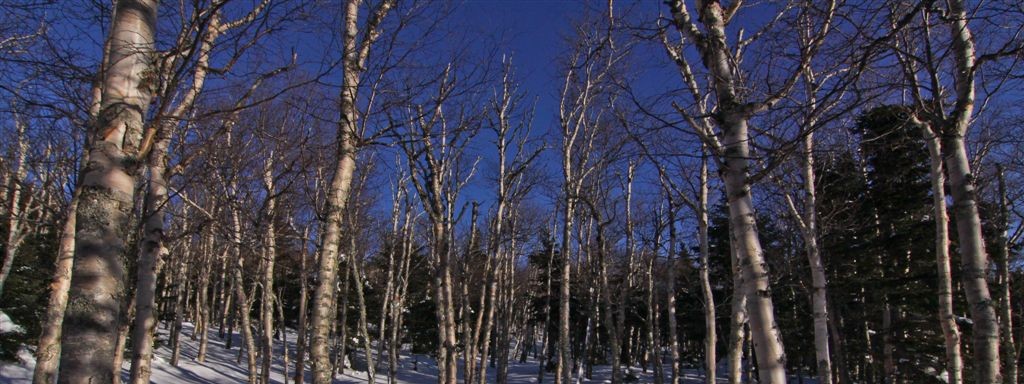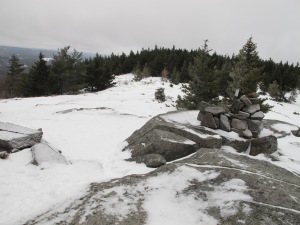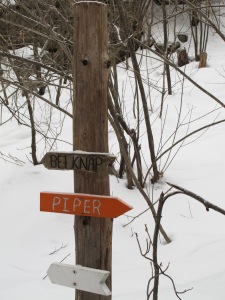I’ve been unsuccessful with finding any shed deer antler this year, so Saturday I ventured out to some local trails to try again. With no snow cover I thought I might have better luck, and these area does not allow hunting which is always a plus. I did about 50% of the time off trail, which was very nice and easy going. The woods were open and not very thick at all. There is quite a bit of interesting rock ledges in this area. Eventually it opens up to a field with a bit of a view, I spent a lot of time wandering around here, but still, no luck shed hunting. All the trails I did take were very well marked and maintained, this is some of the finest hiking Rhode Island has to offer.
| Distance: |
4.66 mi |
| Time: |
2:32:56 |
| Avg Pace: |
32:49 min/mi |
| Avg Speed: |
1.8 mph |
| Elevation Gain: |
369 ft |
They have a handy trail map available online:
Via the GLT website:
Steere Hill & Phillips Farm
Overview/History – The Steere Hill Conservation Area is comprised of four abutting parcels acquired from 1967 to 2010 with a total of 448 acres. The 68 acre Phillips Farm was the first property acquired by the GLT in 1990. Before the 1920’s this farm was the Cutler Farm and the site of the historic Cutler Inn and Tollbooth.
West of Phillips Farm is the 208 acre Steere Hill Conservation Area acquired in 2002. During the early 20th Century, both Phillips Farm and Steere Hill were used for orchards, hayfields, woodlots, and livestock. The northern portion of Steere Hill was Angell’s Farm until 1959 and remnants of farm buildings and silos are still visible at the parking area. The summit of Steere Hill was a large apple, pear and peach orchard operated by the Steere’s until 1963. Recently on Phillips Farm and the summit of Steere Hill the GLT has created a 26 acre wildlife habitat of tall native grasses for threatened ground nesting birds such as woodcocks and bobolinks.
West of Steere Hill is Heritage Park, a 115 acres woodland acquired by the Town of Glocester in 1967 as part of the state’s Green Acres program. South of Heritage Park is the 57 acre LePlat Woodland acquired by the GLT in 2010.
There are six miles of marked and maintained trails that connect these properties.
Directions: These properties are in the Harmony village area and two parking areas with trailheads are available. The parking area for Heritage Park is on Chestnut Oak Road, and the Steere Hill parking area is opposite the Harmony Post Office on Putnam Pike (Route 44).
Overlay trail map to my GPS track
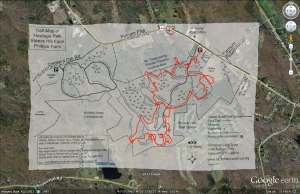
Nice tree in the open field
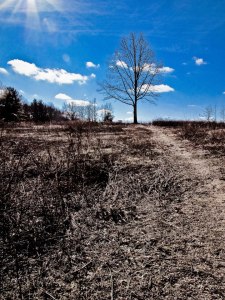
I am guessing a hawk took off with a rabbit here?

Fun in the swamp

